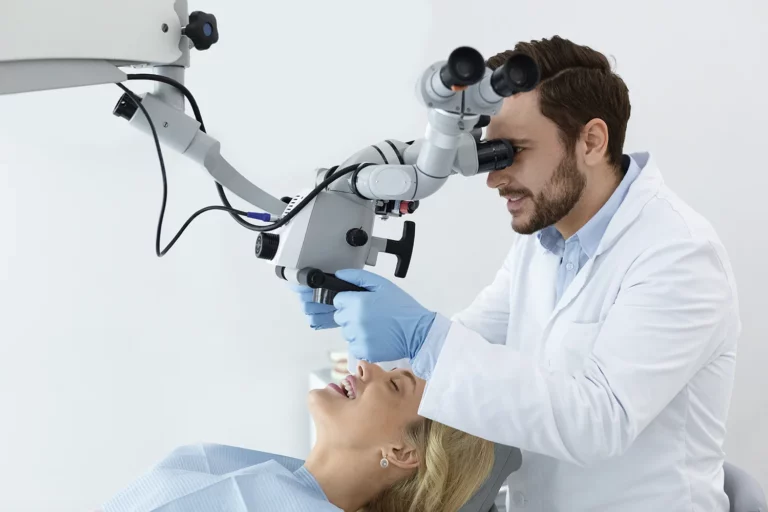Introduction to Beard Hair Transplantation
Beard hair transplantation is a popular cosmetic procedure designed to enhance facial hair density or create a fuller beard for those experiencing patchiness or lack of hair growth. This procedure is ideal for individuals who desire a more defined and masculine appearance by improving their facial hair coverage. The treatment involves the careful transplantation of hair follicles from areas such as the scalp to the beard region, ensuring natural growth and aesthetically pleasing results.
Stages of the Procedure
Beard transplantation typically follows a structured process involving several stages:
- Consultation: A personalized consultation helps identify the patient’s goals and assess the suitability of the procedure. The doctor evaluates the donor areas and the desired beard pattern.
- Donor Hair Extraction: In most cases, hair is harvested from the back of the scalp, using methods like Follicular Unit Extraction (FUE). Individual follicles are carefully extracted to minimize scarring.
- Graft Preparation: Extracted follicles are processed and prepared for implantation, ensuring they are viable and ready for precise placement in the beard area.
- Implantation: Using fine instruments, the surgeon implants the hair follicles in the targeted beard region, creating a natural-looking hairline and density. Each follicle is placed at the correct angle and direction to match the desired growth pattern.
- Recovery: The healing process begins after implantation. Patients are usually able to resume daily activities within a couple of days, although the full recovery and final results take a few months to appear.
People Eligible for the Procedure
Beard transplantation is ideal for men who:
- Experience patchy or thin beard growth due to genetics, hormonal imbalance, or previous facial injuries.
- Have undergone laser hair removal or other hair reduction treatments but now wish to regain facial hair.
- Desire a fuller beard or mustache to enhance facial symmetry and overall appearance.
- Are in good general health and have enough donor hair on the scalp to ensure effective transplantation. Men with alopecia or similar conditions affecting hair growth may not be suitable candidates, and a consultation is necessary to determine eligibility.
Preparation Before the Procedure
Before undergoing a beard hair transplant, certain steps help ensure a smooth procedure:
- Medical Assessment: A thorough evaluation of the patient’s health, allergies, and medical history is conducted.
- Avoiding Blood-Thinning Medications: To reduce the risk of bleeding during surgery, patients should avoid aspirin, anti-inflammatory drugs, and herbal supplements.
- No Smoking or Alcohol: Smoking and alcohol consumption should be avoided in the days leading up to the procedure, as these can hinder the healing process.
- Shampooing and Hygiene: Patients are advised to clean their face and hair thoroughly before surgery.
Instructions After the Procedure
Post-procedure care is crucial for optimal results:
- Keep the Treated Area Clean: Patients should gently clean the transplanted area as advised by their doctor to prevent infection.
- Avoid Touching or Scratching: The newly transplanted follicles are delicate, so it’s important to avoid scratching or rubbing the beard area.
- Medications: Patients may be prescribed antibiotics or anti-inflammatory medications to prevent infection and control swelling.
- Avoid Physical Strain: Strenuous activities, exercise, and excessive exposure to heat or sun should be avoided for the first few days.
- Follow-up Appointments: Regular checkups allow the doctor to monitor healing and address any concerns.
The Result
Beard transplantation results become noticeable after a few months as the transplanted hair begins to grow naturally. Initially, some shedding of transplanted hair may occur in the first two to three weeks, which is normal and part of the hair cycle. The new beard starts to appear in about three to four months, with the full results visible in around eight to twelve months. The final beard is dense, natural, and permanent, allowing patients to style it as they desire.
Why Choose Royal Clinic in Turkey for Beard Hair Transplantation
Royal Clinic in Turkey is a leading provider of hair transplantation procedures, offering expertise, advanced technology, and excellent patient care. Some of the reasons to choose Royal Clinic include:
- Experienced Surgeons: The clinic employs highly skilled and experienced surgeons who specialize in facial hair restoration, ensuring precision and artistry in every procedure.
- Advanced Techniques: Utilizing the latest FUE technology, Royal Clinic ensures minimal scarring and faster recovery, giving patients a comfortable and effective treatment experience.
- Affordable Packages: Turkey is renowned for offering high-quality medical care at more affordable rates than many countries. Royal Clinic provides comprehensive packages that include consultation, surgery, post-care, and accommodation for international patients.
- Patient-Centered Care: From the initial consultation to follow-up care, Royal Clinic ensures a seamless experience with a focus on patient satisfaction and long-lasting results.
With an emphasis on quality and a commitment to excellence, Royal Clinic in Turkey has become a trusted destination for men seeking to enhance their appearance through beard transplantation.





